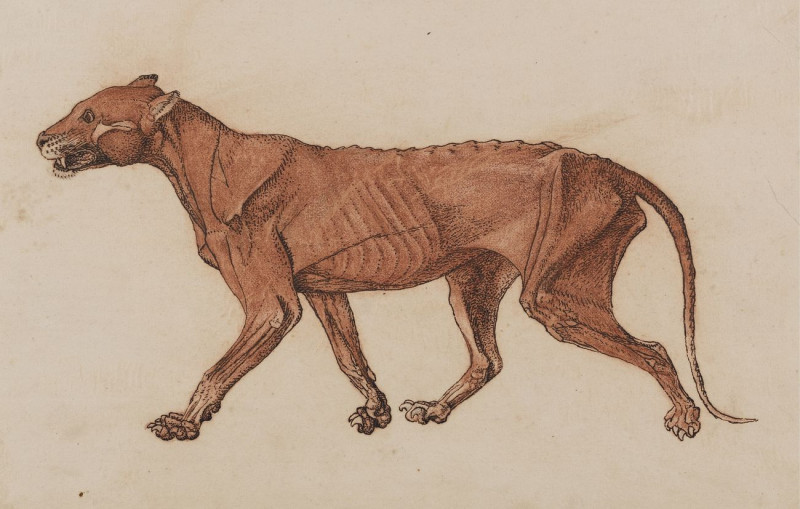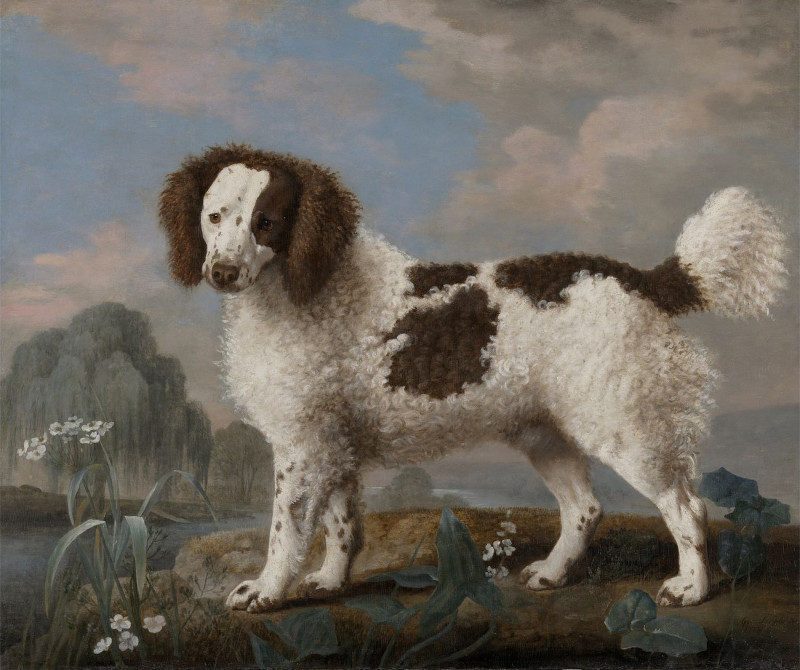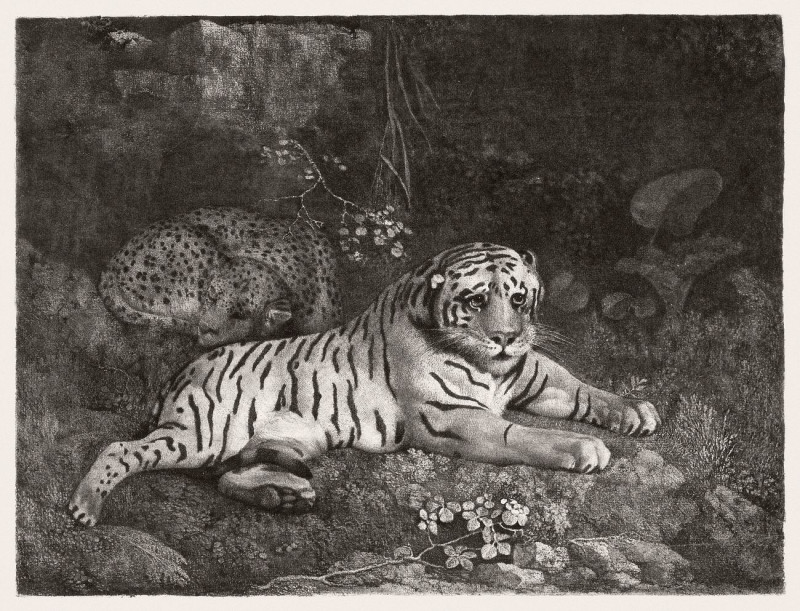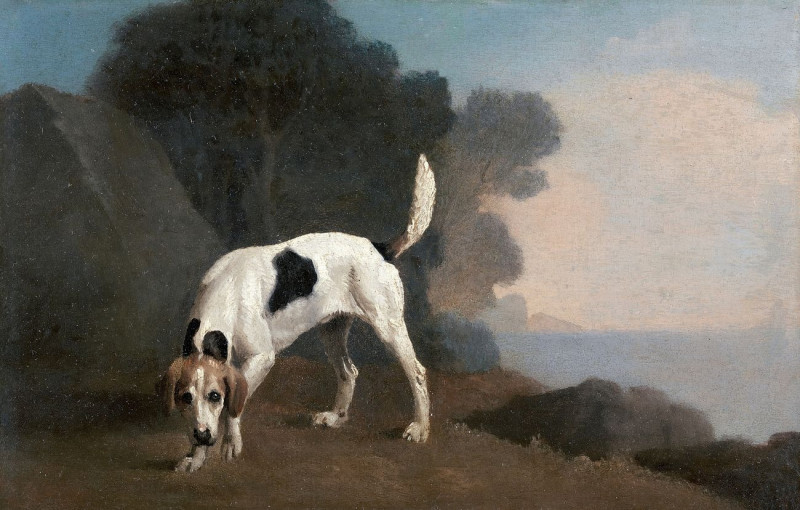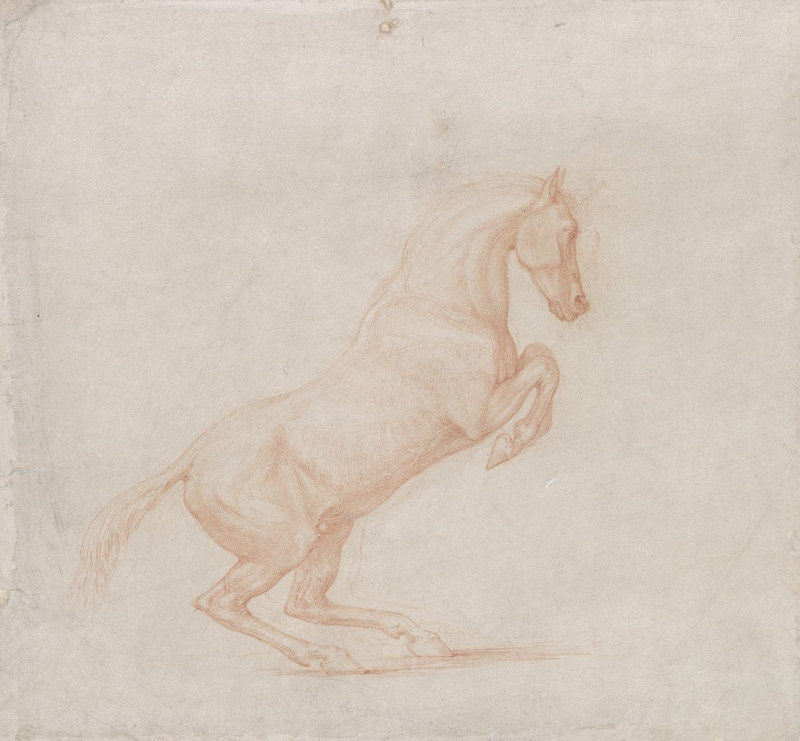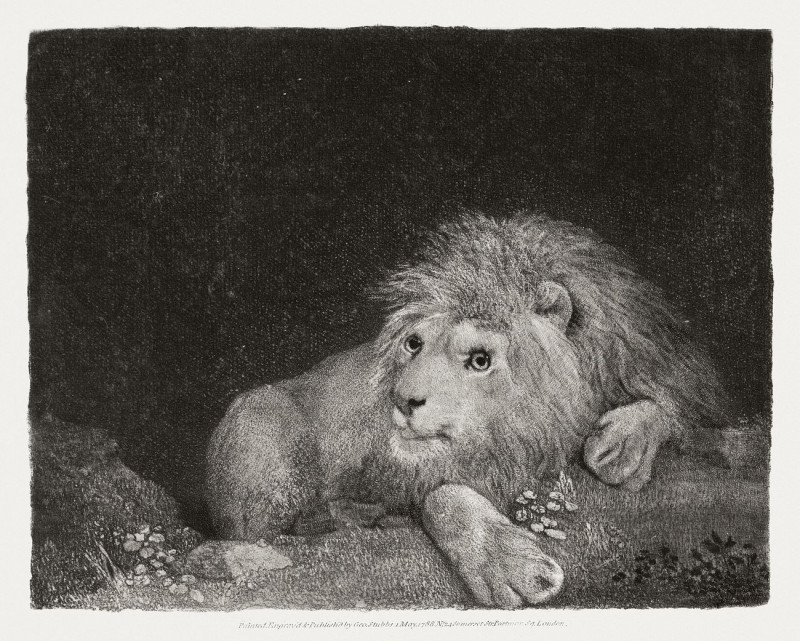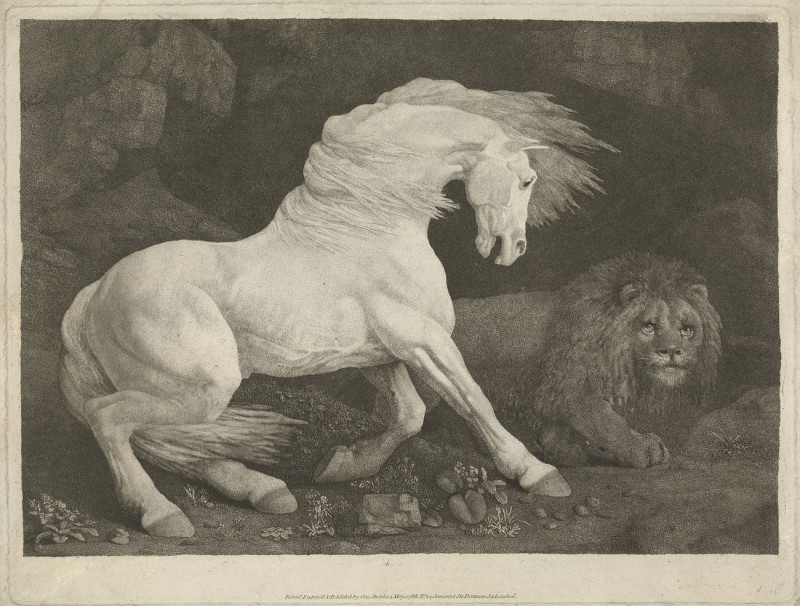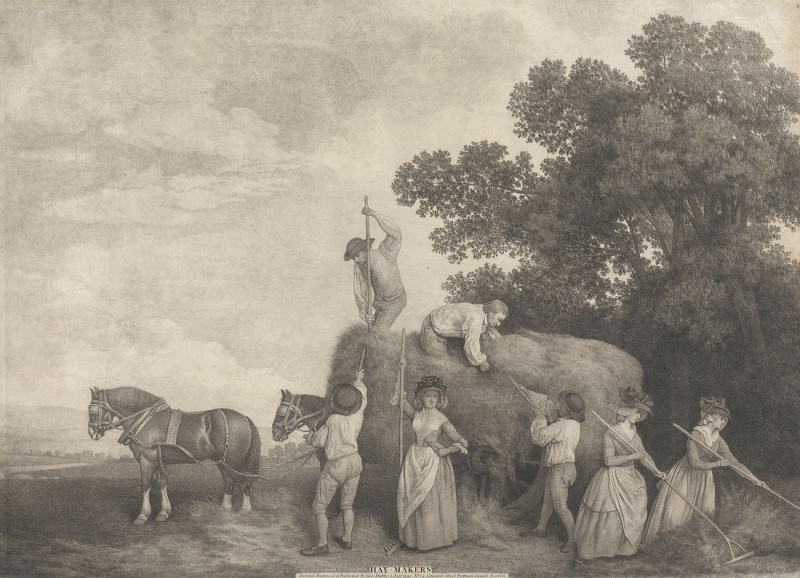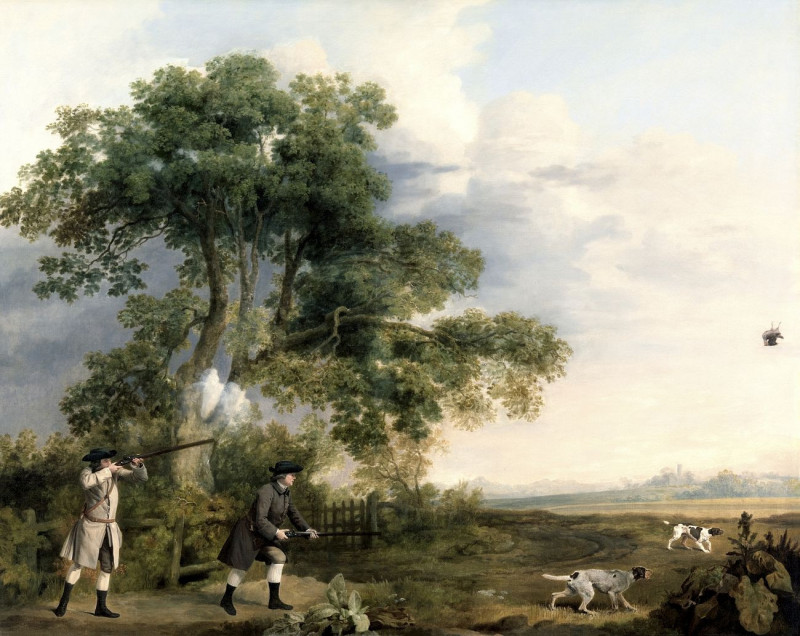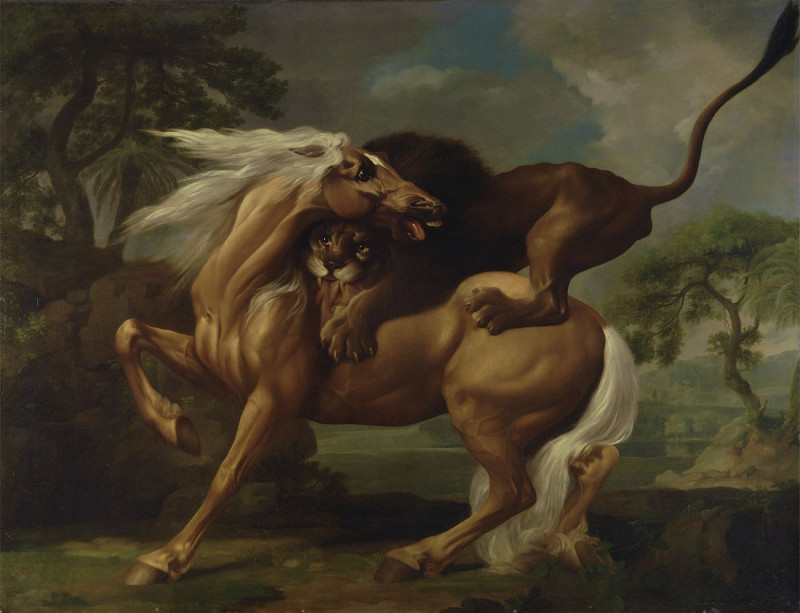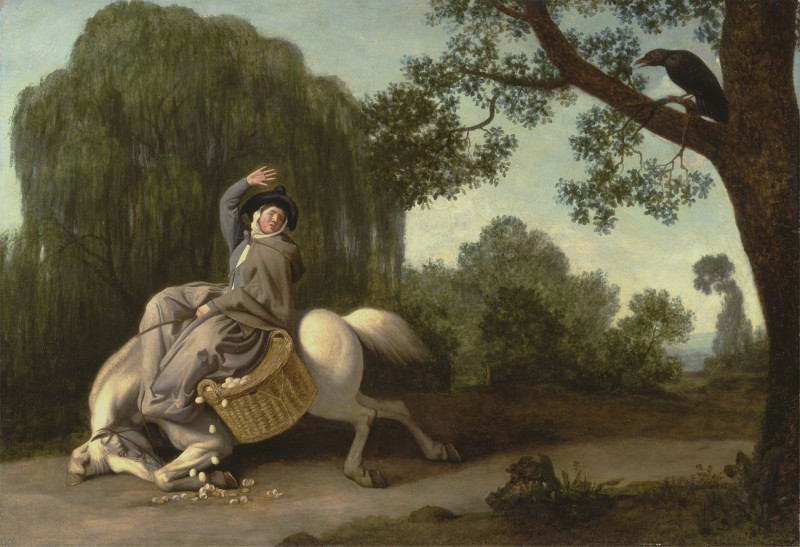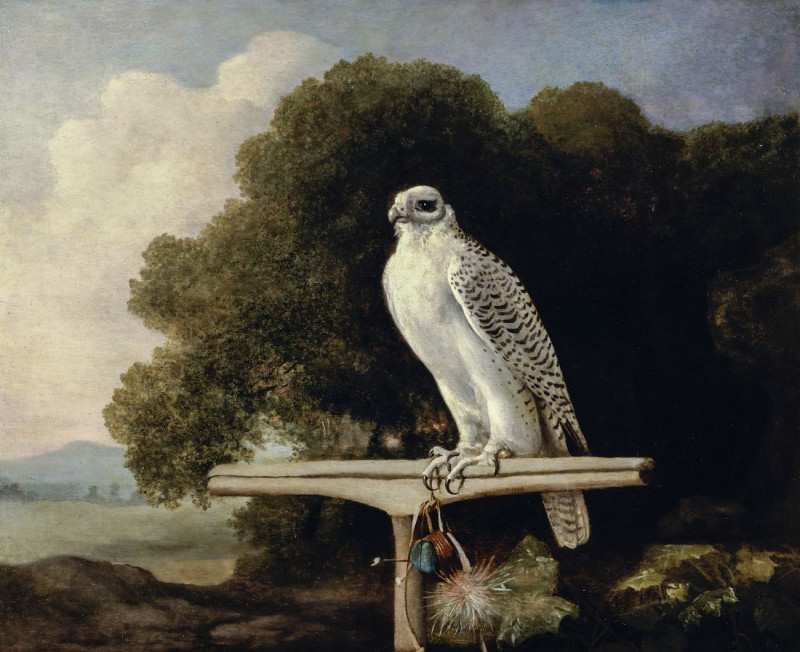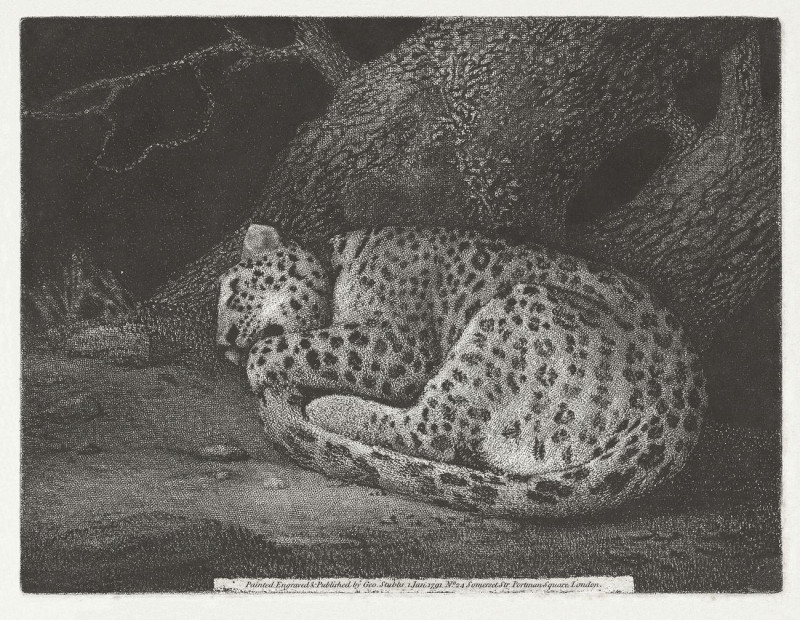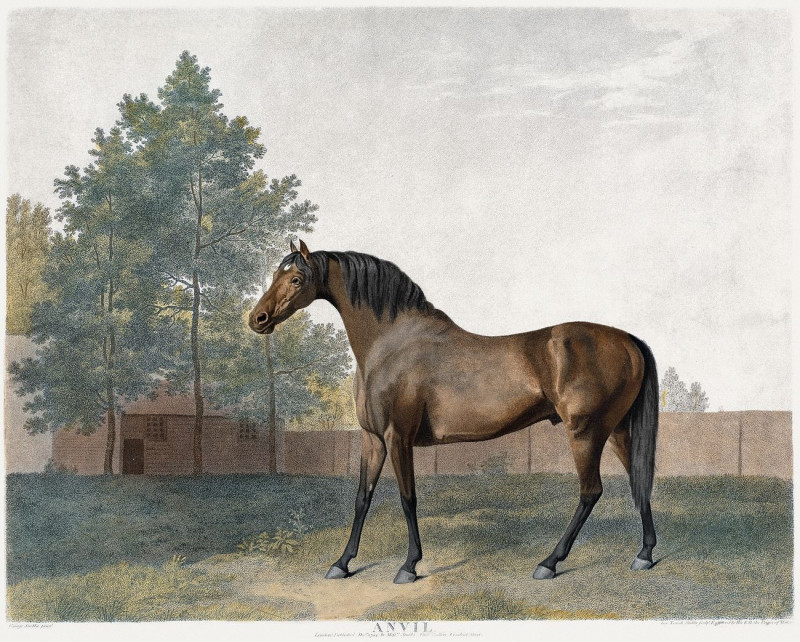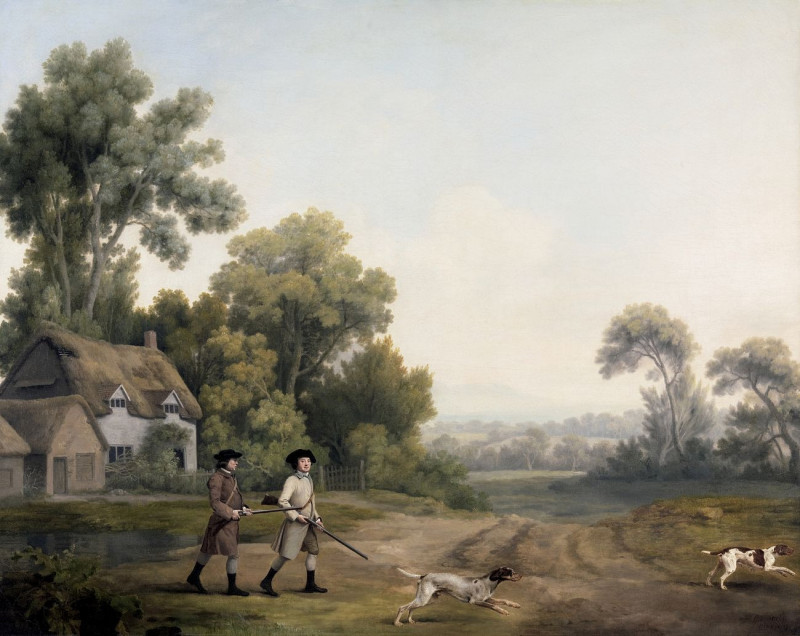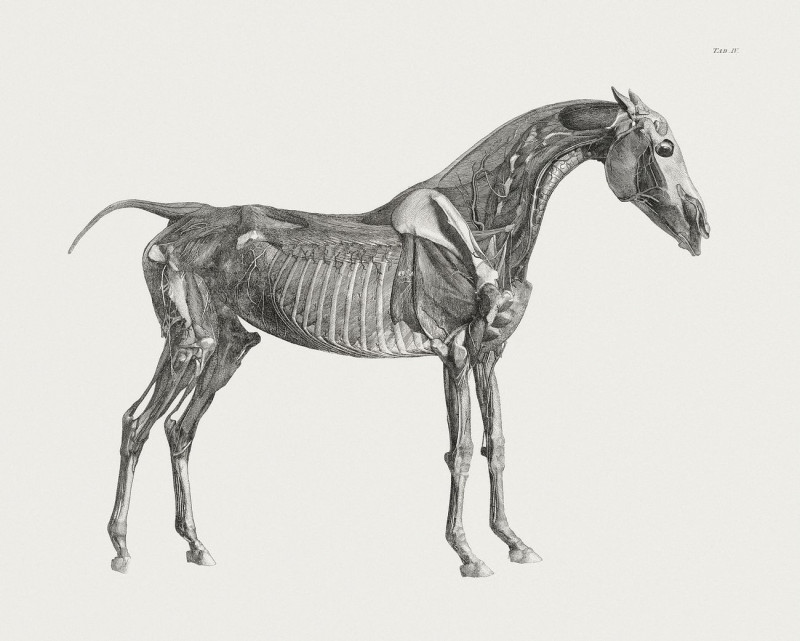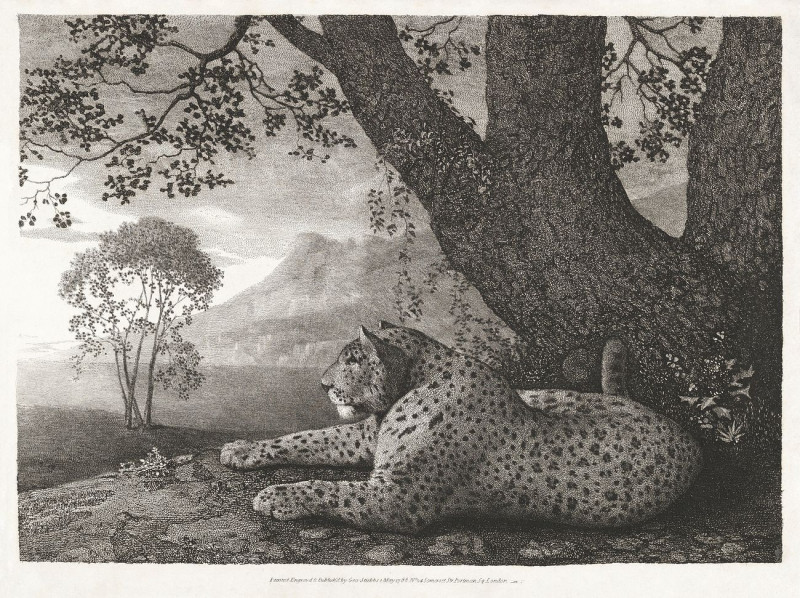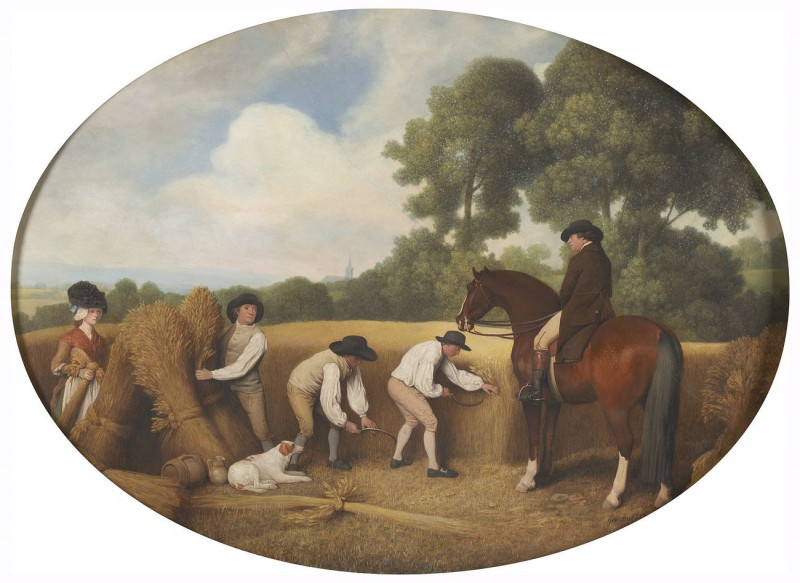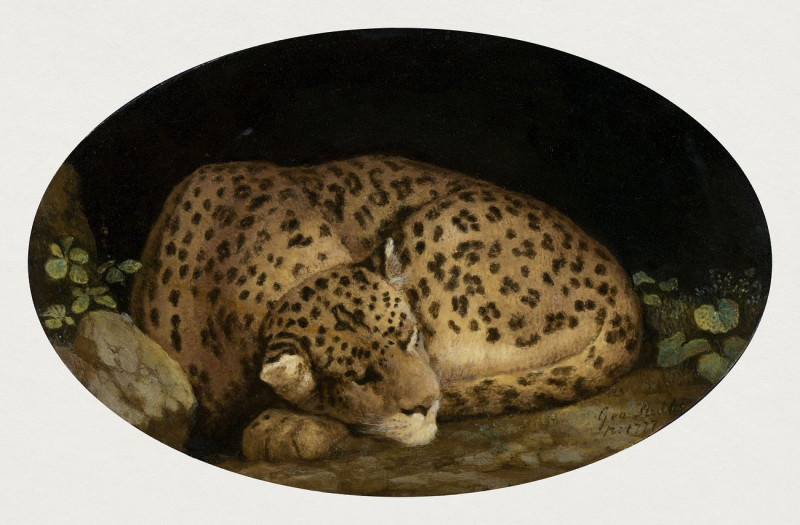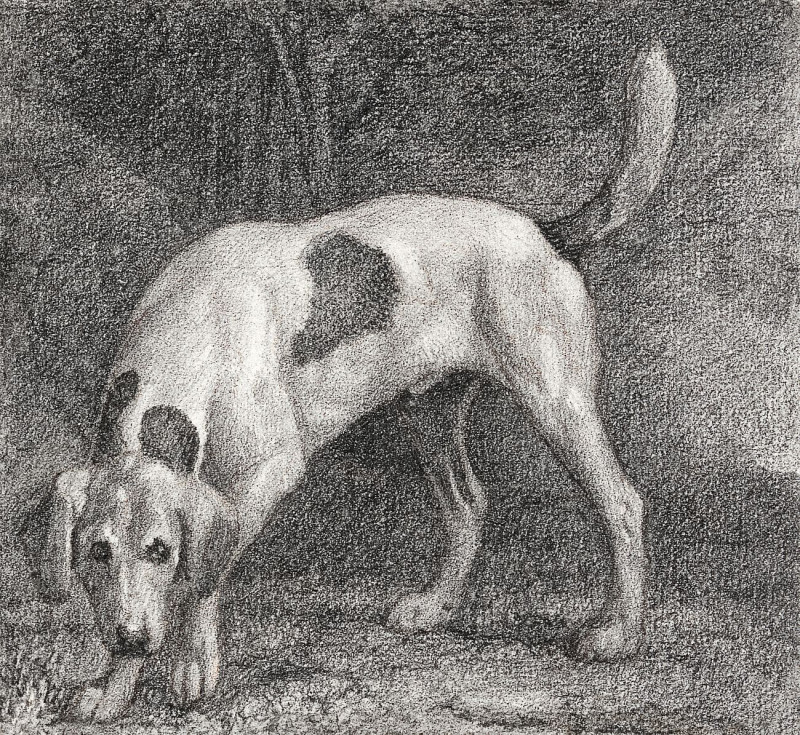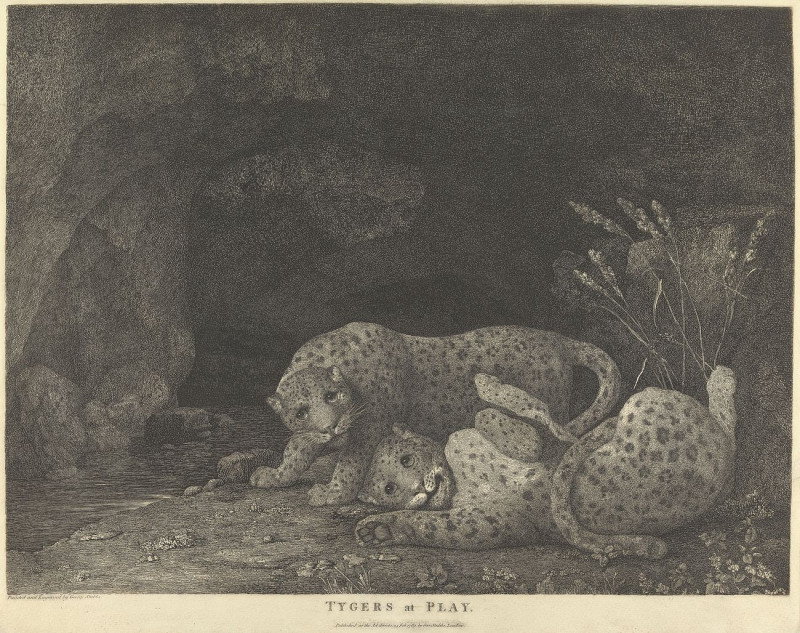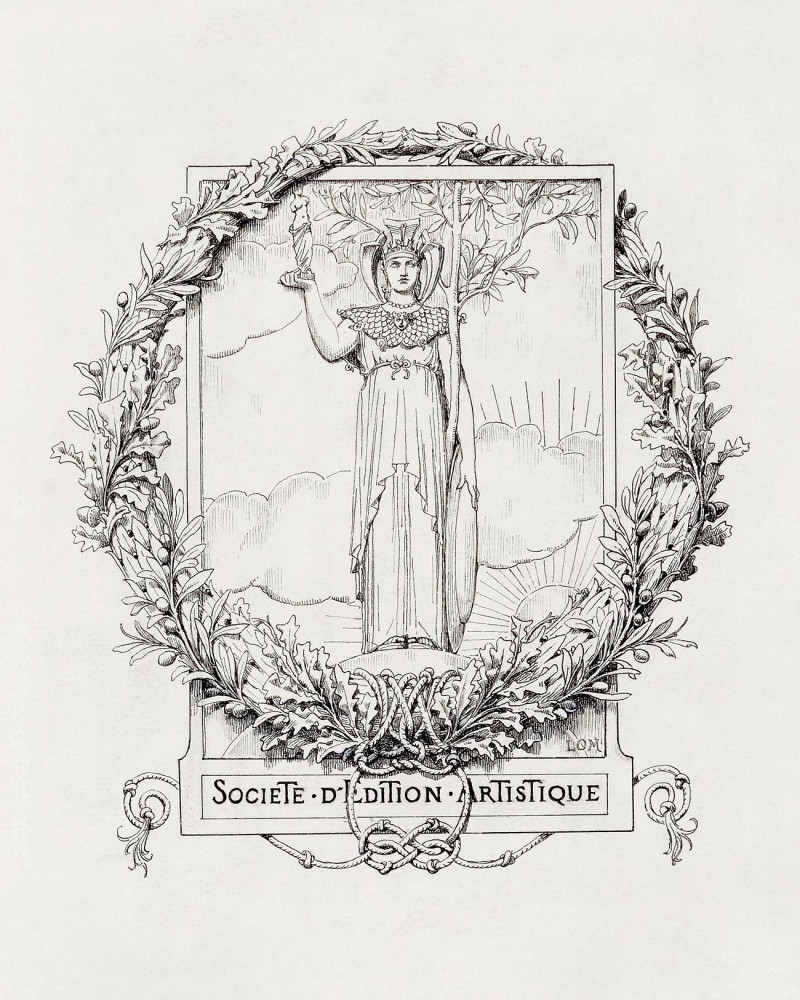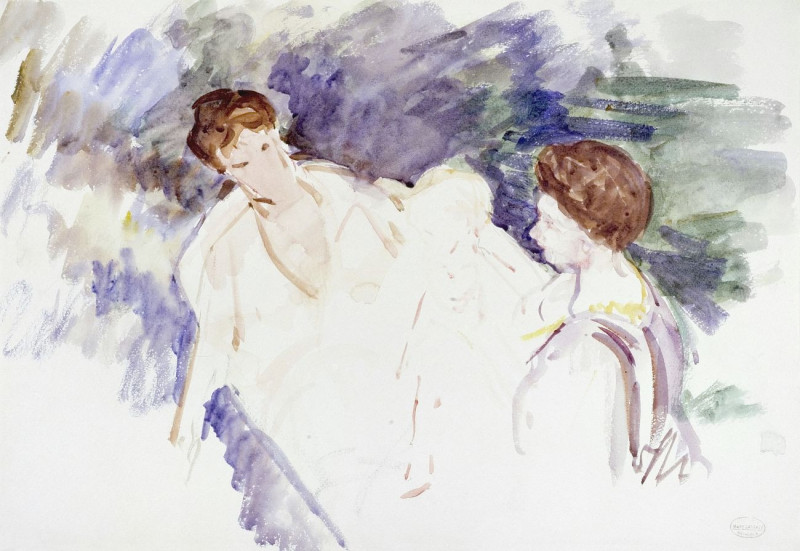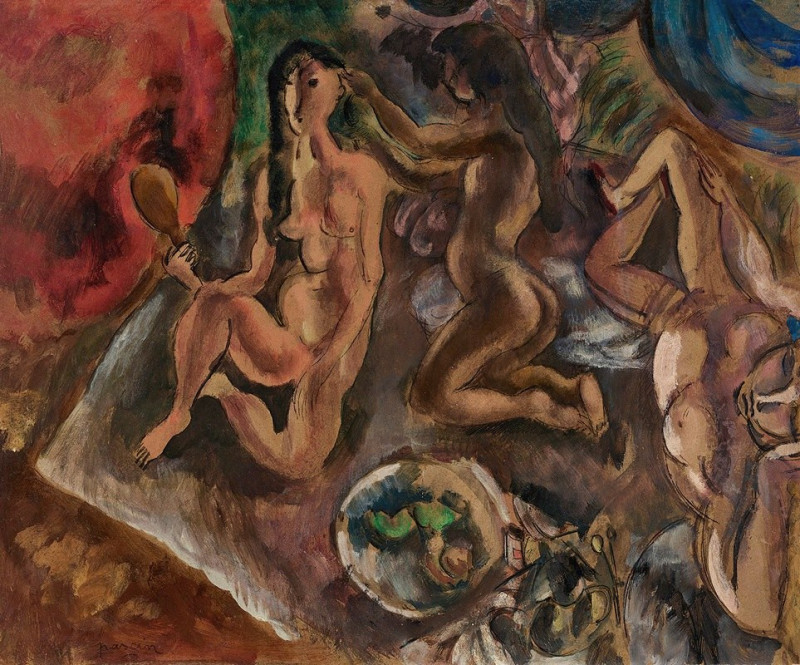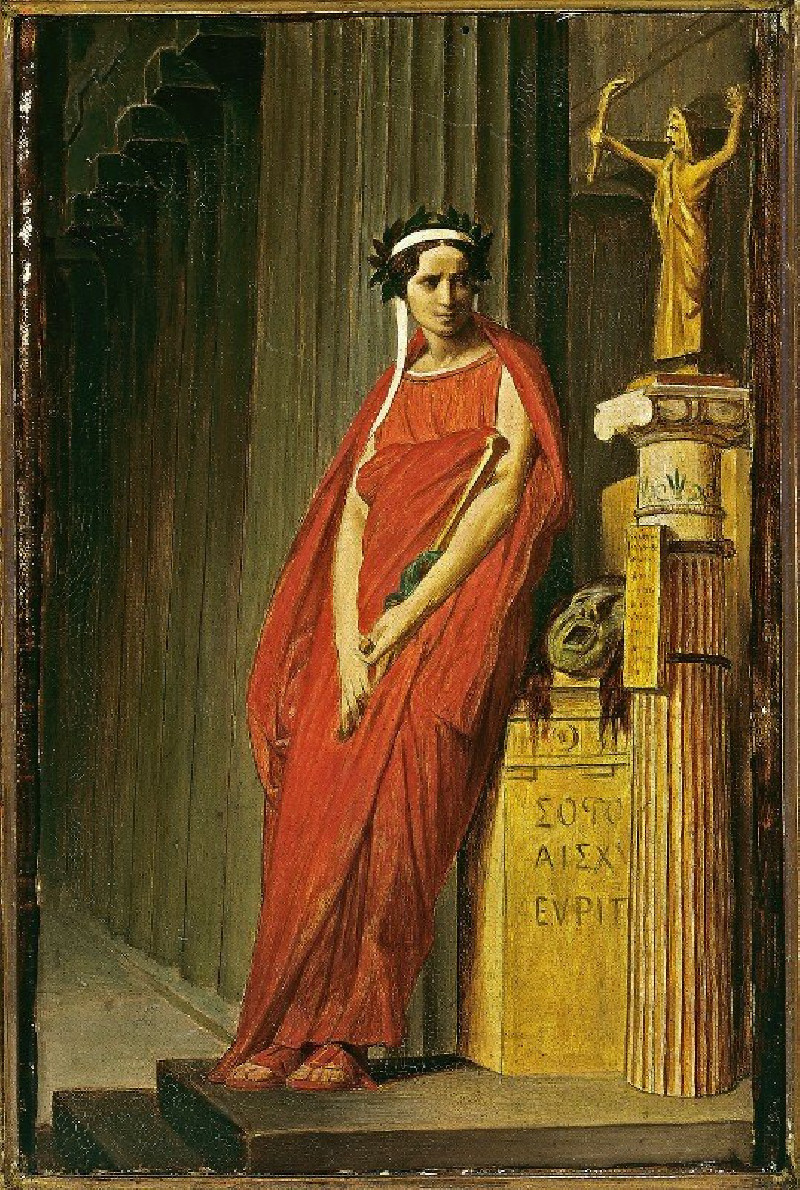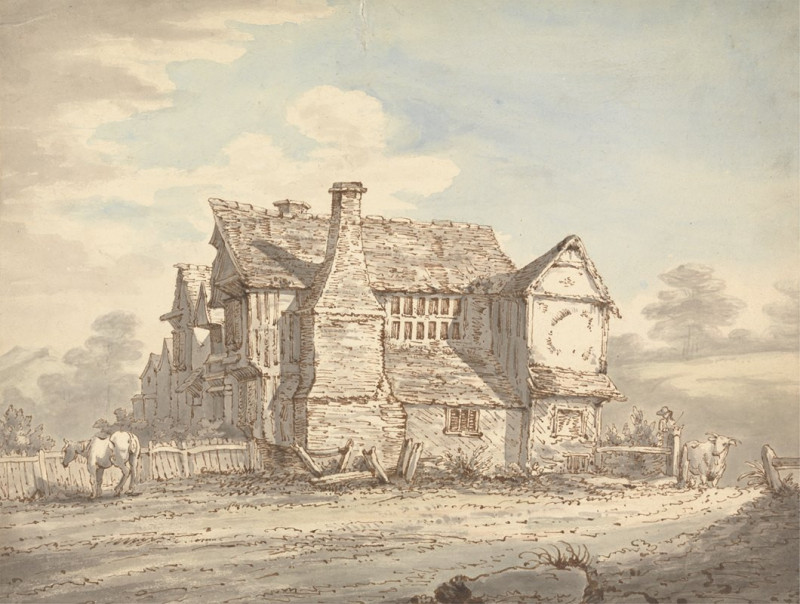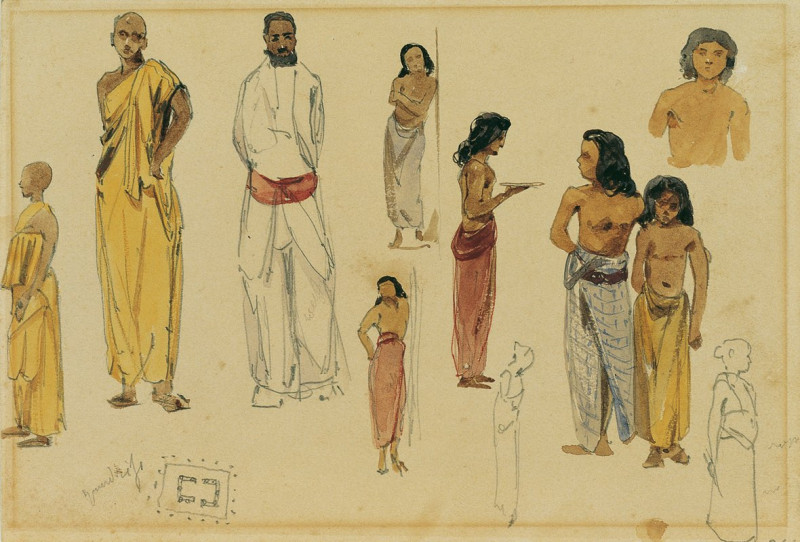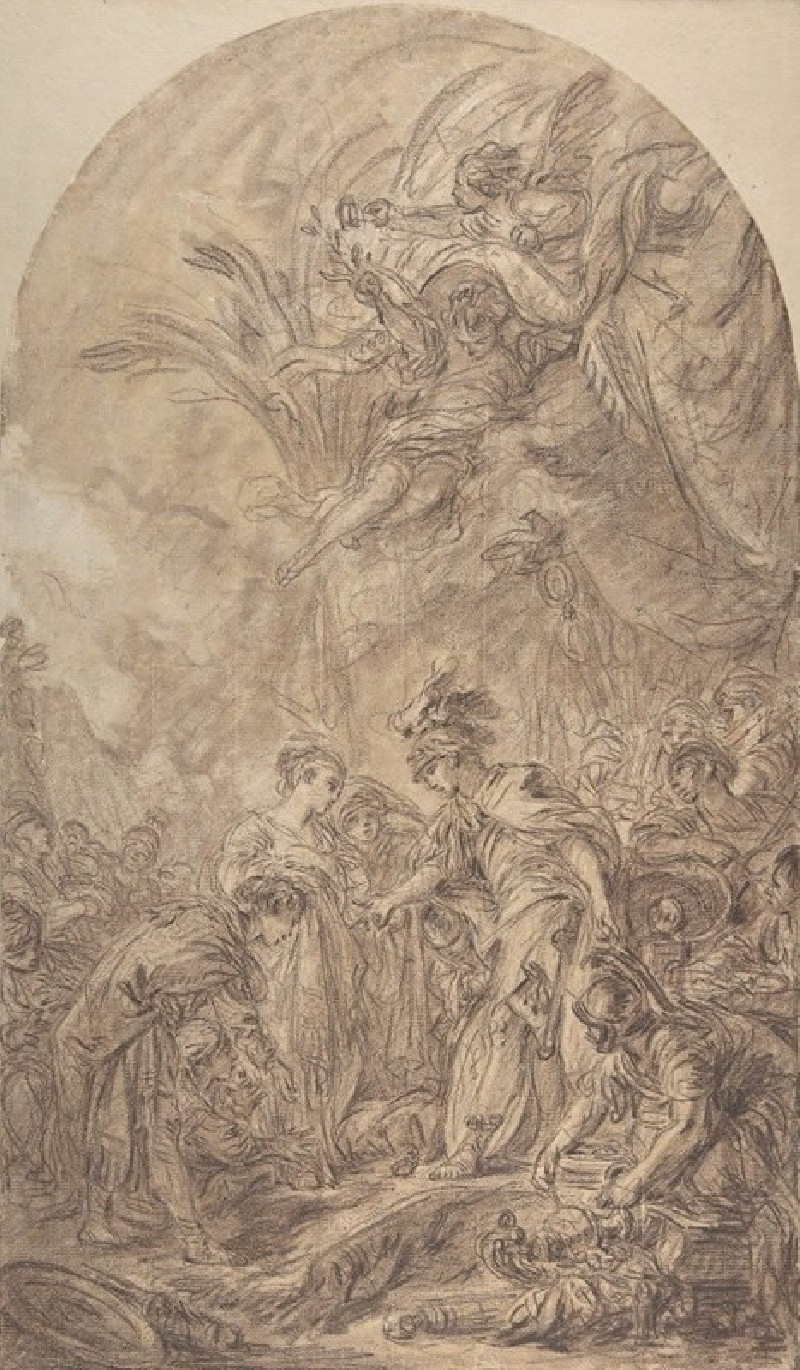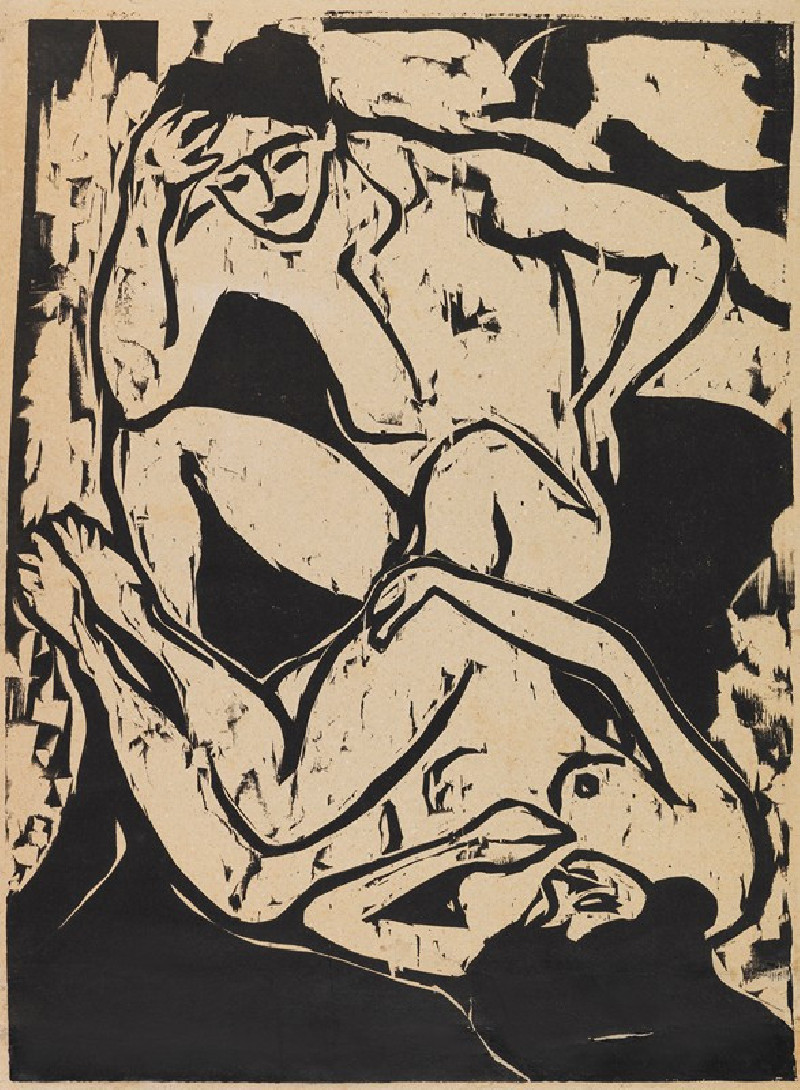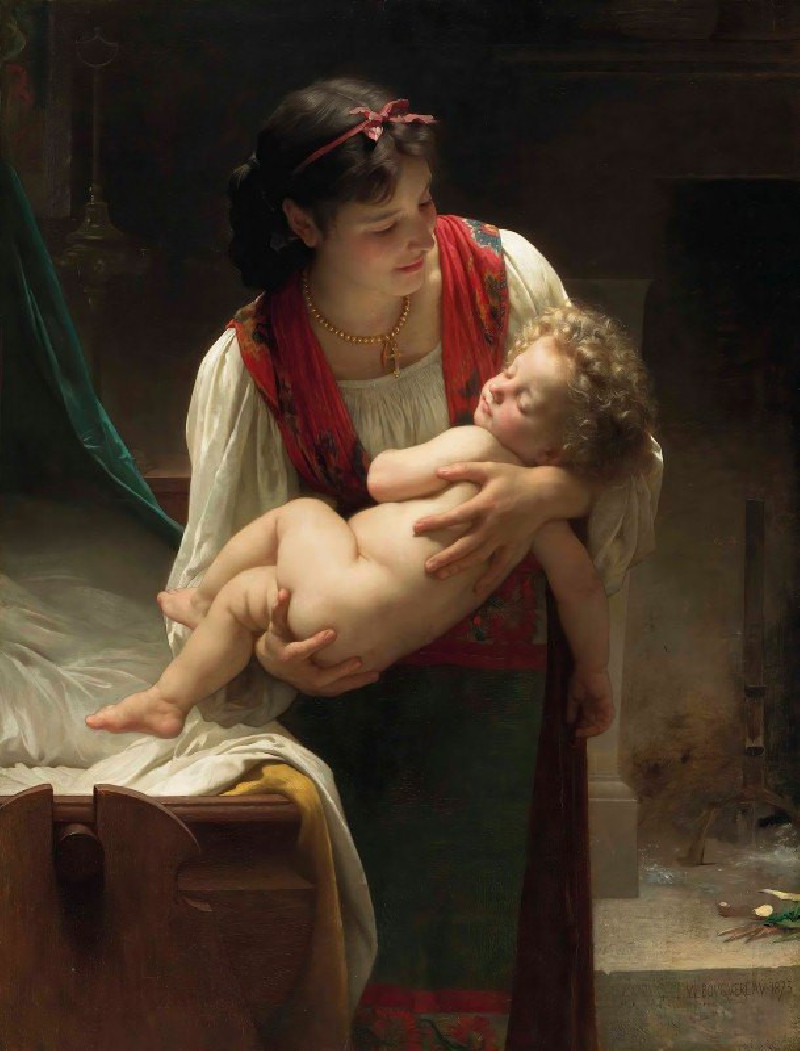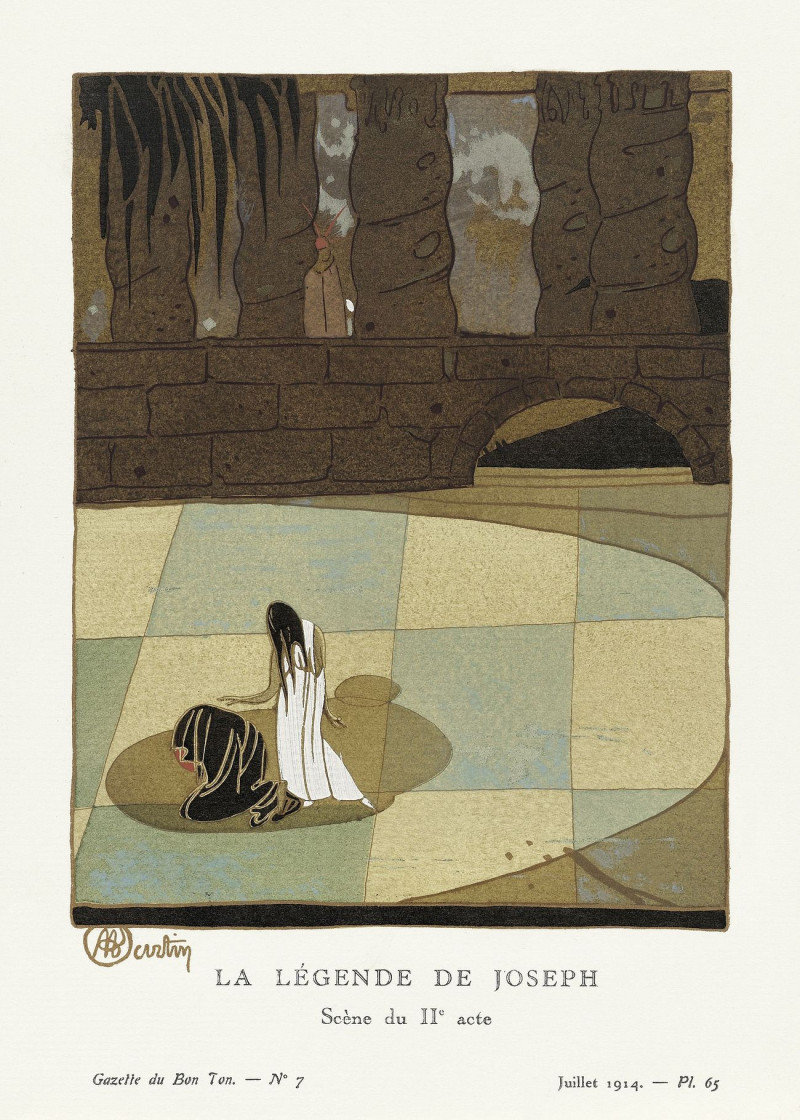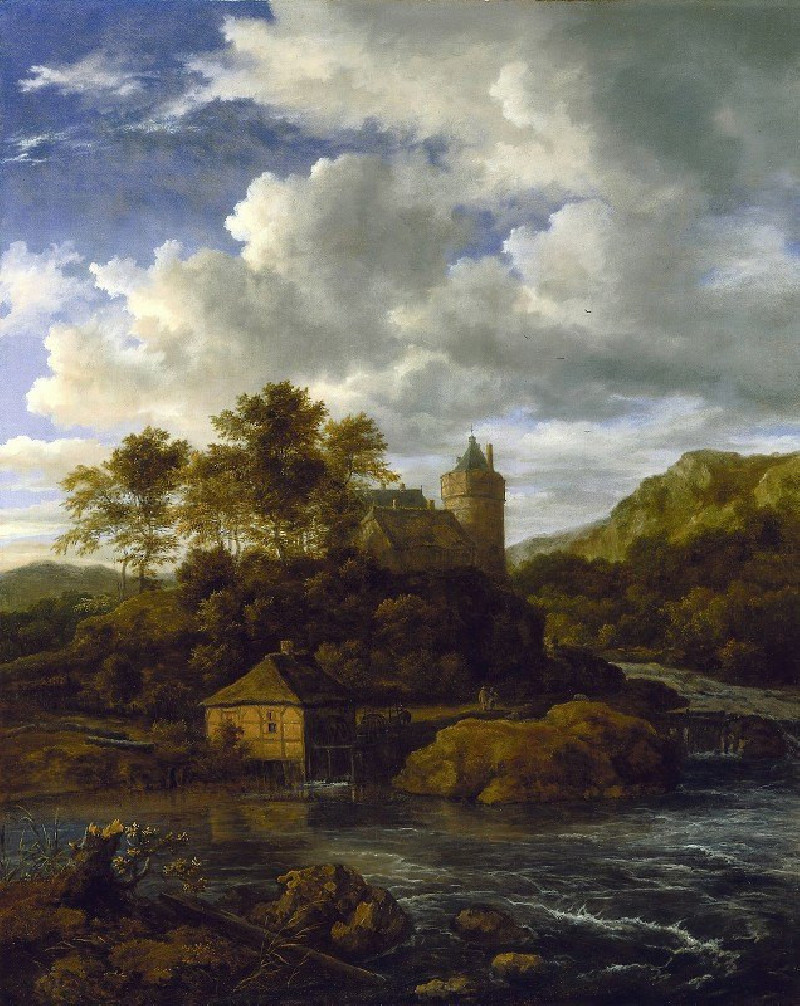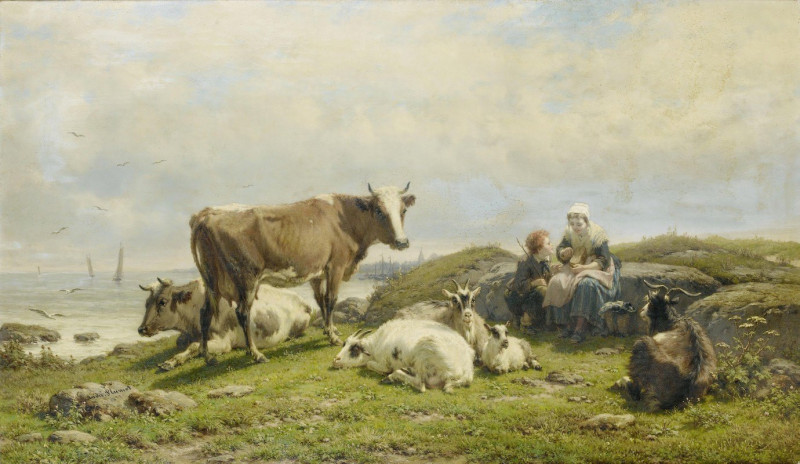Tiger Body, Lateral View
Technique: Giclée quality print
Recommended by our customers
More about this artwork
This painting titled "Tiger Body, Lateral View" by George Stubbs showcases an anatomical study of a tiger in a lateral or side perspective. The artwork remarkably emphasizes the intricate muscular structure and skeletal form of the tiger, highlighting Stubbs' meticulous attention to anatomical detail and his skill in rendering the physical dynamics of animal forms.The depiction strips away the tiger's familiar striped skin, focusing instead on exposing the underlying musculature and skeletal structure. This study veers away from a traditional wildlife portrait to explore the biological and anatomical aspects of the tiger, which would have been a part of Stubbs’ broader interest in the anatomy of different animals.The drawing style, characterized by detailed line work and a monochromatic color scheme, suggests a scientific rather than purely artistic intent. Such drawings were often used in the 18th century for educational purposes to help both artists and scientists gain a deeper understanding of animal anatomy.Stubbs is renowned for his ability to portray animals in a style that combines scientific precision with artistic realism, and this painting is a fine example of that expertise. The stark representation of the tiger, devoid of its naturalistic context and colors, invites viewers to appreciate the physical structure that supports the animal’s strength and agility, aspects often overlooked when its full coat is portrayed. This could be particularly enlightening in an era that was increasingly interested in the natural sciences and exploration.
Delivery
Returns
George Stubbs (25 August 1724 – 10 July 1806) was an English painter, best known for his paintings of horses. Self-trained, Stubbs learnt his skills independently from other great artists of the 18th century such as Reynolds and Gainsborough. Stubbs' output includes history paintings, but his greatest skill was in painting animals, perhaps influenced by his love and study of anatomy. His series of paintings on the theme of a lion attacking a horse are early and significant examples of the Romantic movement that emerged in the late 18th century. He enjoyed royal patronage. His painting, Whistlejacket hangs in the National Gallery, London.

